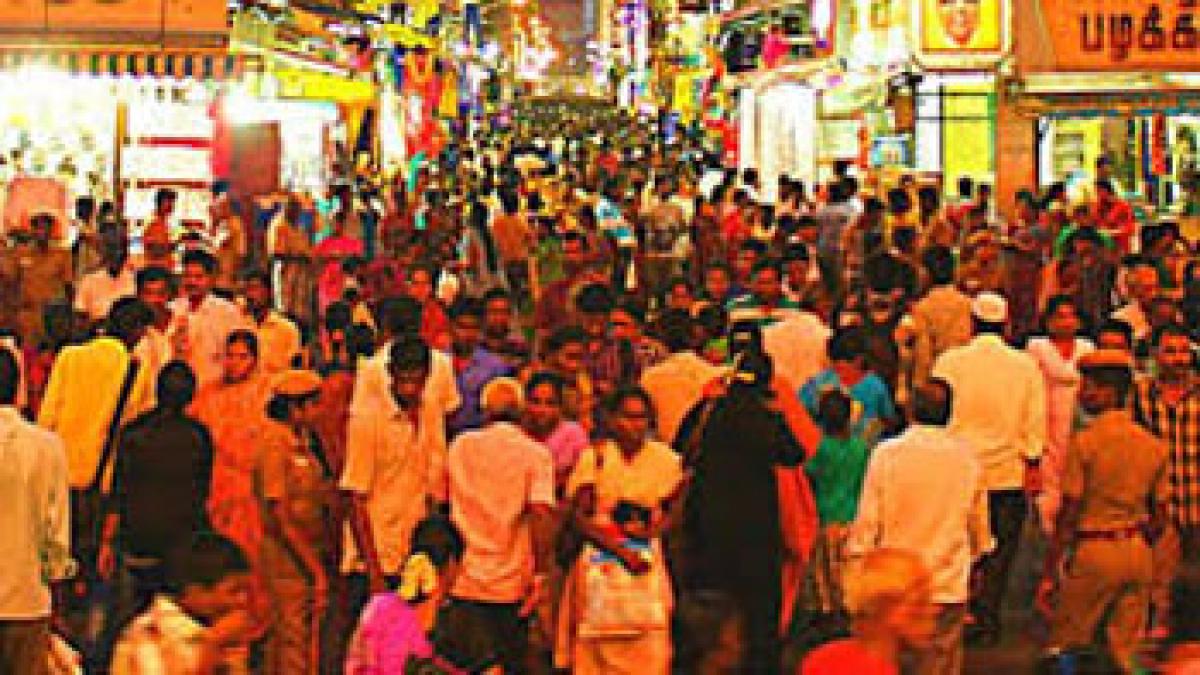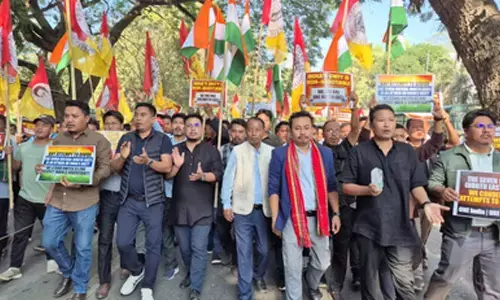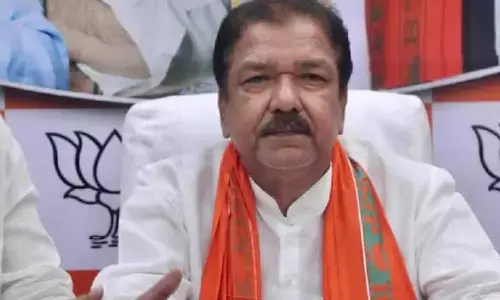Rural India is far behind Urban India in every Indicator of Progress

The India Vs Bharat debate is not new. The Urban –Rural divide has been debated for years together. There seems to be little progress made over the last seven decades in bridging this gap. The gap only seems to be widening by the day. Here is a look at some of the important socio-economic indicators in Urban & Rural India
The syllabi for paper 3 of the civil services mains examination includes issues relating to development and management of Social Sector/Services relating to Health, Education, Human Resources, issues related to poverty and hunger. The syllabi for paper 4 in its economy section cover inclusive growth and issues arising from it. This week’s civil services exclusive provides a detailed account on social and economic aspects of rural India.
This information is not only useful in different papers of both prelims and mains exam, it is also useful for different topics expected in General Essay too. This week’s edition also covers various basic concepts of CoP21 being held now in Paris. As we have explained last week, international summits are part of the civil services syllabi.
The India Vs Bharat debate is not new. The Urban –Rural divide has been debated for years together. There seems to be little progress made over the last seven decades in bridging this gap. The gap only seems to be widening by the day. Here is a look at some of the important socio-economic indicators in Urban & Rural India
“India lives in villages” were the golden words of Mahatma Gandhi many decades ago. Ironically after almost 50 years the data does not seem to disagree. Today a majority of the Indian population still live in the villages. Though there is substantial migration from rural to urban areas in India, still almost 68% of India continues to live in rural areas.
The socio-economic census data (2011) released very recently said that almost 73% of the households were in rural areas. On the contrary, India’s vision today is highly urban centric. Cities are tipped to be the catalysts of growth in the future. One fears the decay of villages and therefore there is a need to visit the existing ground realities. This piece looks at various indicators of socio-economic progress in India from the rural-urban perspective.
The GDP Composition over time
It is noted that the agriculture and allied services contribution to the GDP of the nation has reduced considerably from 51.88% in 1950 to 13.94% in 2013. The World Bank data on value added by agriculture (% of GDP) data does not seem to disagree. From a 42.56 in 1960 it has dropped to a meager 16.95 in 2014. Given that almost 70% of the population lives in rural areas and about 50% of the overall labour force is still dependant on agriculture, this situation is definitely not sustainable.
Rural Livelihood & Employment
A deeper look at the Socio-Economic Census (2011) data regarding rural livelihood and employment is scary. The chart below summarises some of the major findings of the SECC 2011. Almost three fourths of the rural households live with a monthly income of less than Rs 5000. More than half the rural households do not own land and more than half of them are casual labour.
Poverty Estimates
The chart below summarises the poverty situation in India. Though poverty has been reducing over time, the rate of poverty reduction in urban areas has been higher than rural areas. Also today, nearly 26% of rural India is poor, compared to a meagre 13.7% in urban areas. The Rangarajan Committee estimates are also indicative of the fact that rural poverty is higher than urban and stands at approximately 31% in 2011-12.
Literacy Levels
A look at the literacy levels in India over last 3 decades from the same rural urban lens gives us more or less similar numbers. Rural literacy rate is much lower than the urban literacy rate. The point to be noted is the gender disparity in this area, where the urban female literacy rate is almost higher by 20% than the rural female.
Literacy Rate of SCs & STs
Again here we can notice the same trend wherein the rural SC/STs lag behind their urban counterparts. The urban literacy rate of ST’s seems to growing at a decreasing rate in the last decade of the data, which can be attributed to the lower number of ST’s living in urban pockets.
Net Attendance – Rural Vs Urban
The chart below represents the net attendance rates of rural and urban India in 2006. The net attendance provides a deeper insight into the education dynamics of India. The rural again falls behind the urban centres here and it is to be noted that the rate of fall of net attendance from primary to secondary is much steeper in the rural areas. The widely cited reasons for the same are lack of familial commitment, migration, climate induced disasters, famine and poverty.
Health Indicators – The same story continues
Health is said to be the wealth of a society. Good health and adequate nutrition are the best indicators of the overall well-being of population and human resources development. They also form an important component of human capability. The following charts depict the rural urban health divide.
Rural India lags behind Urban India in all the indicators; Infant Mortality Rate, Percentage of Anemic Population, Various Health Indicators and Access to Basic Services (as of 2006).
Rural India always takes a backseat
Today, after almost 7 decades of independence, the existing policy dynamics has taken a toll on rural India. The villages take a backseat in almost every aspect of socio-economic analysis. We have created an economy of rich cities and poor villages, surging urban areas and decaying rural areas. The current government at the centre came to power with a thumping majority with its primary objective being “Sab Ka Saath Sab Ka Vikaas”, which translates to “Taking everybody along and development for all”. One can only hope that this becomes a reality and for that to happen a balance between urban and rural development is a definite prerequisite.
Source: www.factly.in

















